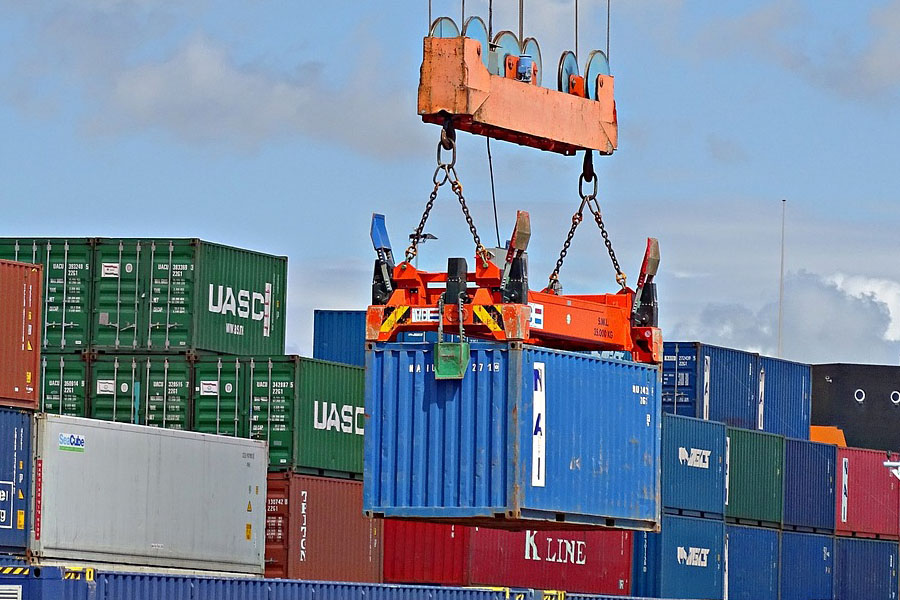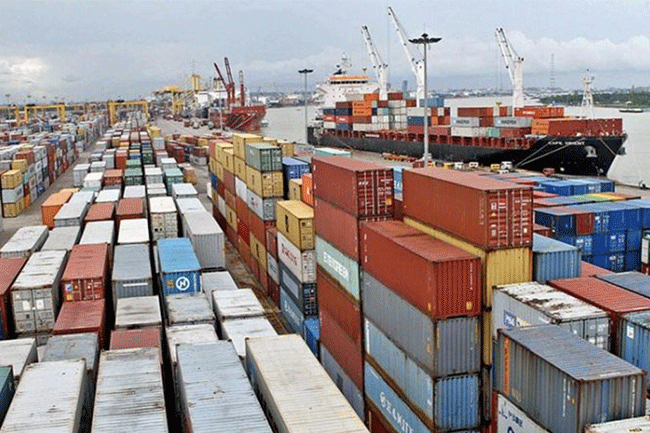- Shanghai Zhongshen International Trade Co., Ltd. - Two decades of trade agency expertise.
- Service Hotline: 139 1787 2118

Changes in Import Access under New Industry Regulations
According to the Regulations on Supervision and Administration newly implemented in 2025,Medical Equipmentblood oxygen purificationEquipment Importsbusinesses need to pay special attention to the change in the filing time limit for Class II medical devices. The original approval cycle of 90 working days has been shortened to 60 days, but new requirements for tracing equipment clinical data have been added. Professional agencies can increase the filing pass rate to 92% through a pre - review mechanism, which is 37 percentage points higher than that of enterprises self - declaration.
Key Risk Prevention and Control Matrix
Through the analysis of the import dispute case database in 2023-2024, equipment purchasers need to focus on the following aspects:
- Mismatch of technical parameters
- Voltage Deviation between EU CE Certification and GB 9706 Standard
- Compatibility Verification of Equipment Interfaces with the Domestic Medical System
- Blind Spots in Logistics Plans
- Shockproof Packaging Standards for Precision Components (ASTM D4169 vs GB/T 4857)
- Temperature Zone Control for Constant - temperature Transportation (Capability to Maintain ±2℃)
Value Map of Full - process Agency Services
Professional agencies create procurement value through a three-stage, seven-step service system:
- Access Stage
- Verification of the Authenticity of Original Manufacturers Qualifications (FDA/CE Certificate Traceability)
- Localization Conversion of Clinical Data
- Execution Phase
- Design of Tariff Preference Programs (Comparison of Tax Rates under RCEP)
- Separate Declaration Strategy for Special Equipment
In - depth Analysis of Typical Cases
When a top - tier hospital purchased a German blood oxygen purification system in 2024, it encountered:
- The CE certificate provided by the original manufacturer did not include electromagnetic compatibility testing
- The equipment power module did not meet the GB 4793.1 standard
The professional agency team avoided the detention of equipment worth 8.6 million yuan at the customs through supplementary declaration of technical documents and local modification of the module, and compressed the actual customs clearance time to 23 working days.
Key Points of Building an After - sales Service System
It is recommended that the purchaser clarify the following service terms in the contract:
- Domestic warehousing requirements for spare parts of key components (It is recommended to maintain a 3 - month supply)
- On - site response time limit for engineers (4 hours in urban areas/12 hours in suburban areas)
- Software system upgrade service cycle (At least 5 - year version maintenance)
Related Recommendations
Category case
Get in Touch
Email: service@sh-zhongshen.com
Related Recommendations
Contact via WeChat

? 2025. All Rights Reserved. Shanghai ICP No. 2023007705-2  PSB Record: Shanghai No.31011502009912
PSB Record: Shanghai No.31011502009912








